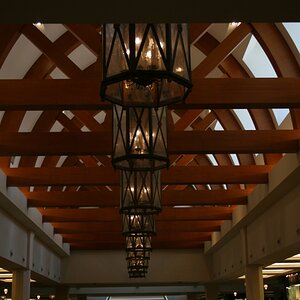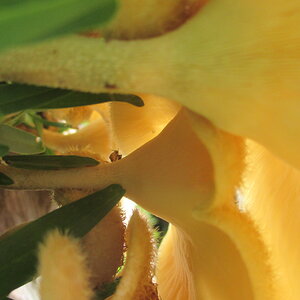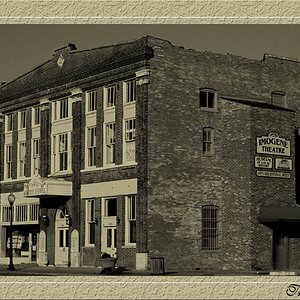scrutiny1
TPF Noob!
- Joined
- Dec 28, 2006
- Messages
- 153
- Reaction score
- 0
- Can others edit my Photos
- Photos OK to edit
-Aperture
-Shutter Speed
-Sensitivity
Those are three things I DO NOT understand! When do I use those things and what is their relationship? Also, how do I manually adjust the shutter speed on my Nikon D-70s? If you could explain those I would be sincerely greatful.
Also, I do not understand how the mm on lenses work. So if you feel like making my day, explain.
THANK YOU!
-Shutter Speed
-Sensitivity
Those are three things I DO NOT understand! When do I use those things and what is their relationship? Also, how do I manually adjust the shutter speed on my Nikon D-70s? If you could explain those I would be sincerely greatful.
Also, I do not understand how the mm on lenses work. So if you feel like making my day, explain.
THANK YOU!


![[No title]](/data/xfmg/thumbnail/32/32699-3434a76363cb383404e00a3cd5ed5728.jpg?1619735601)

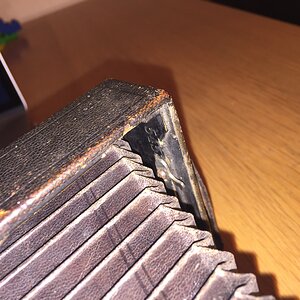
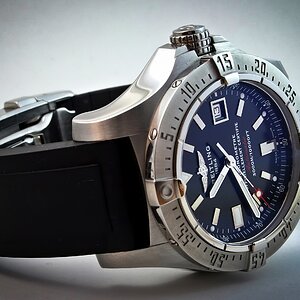
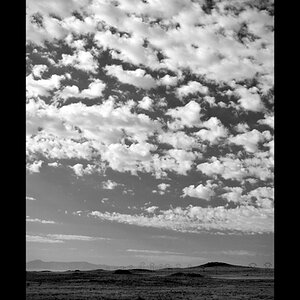
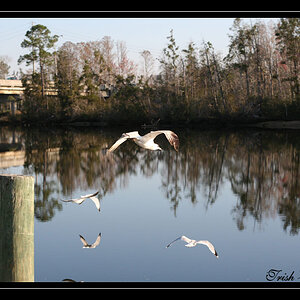
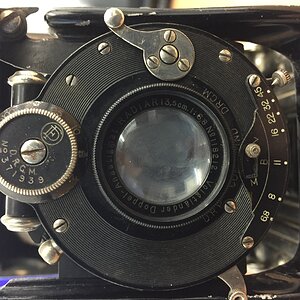
![[No title]](/data/xfmg/thumbnail/32/32700-18534997be82e5150c566a9e67a00471.jpg?1619735602)
